 HOME: www.hiltonpond.org |
|
||
|
|
|||
|
|
|||
|
|
|||
|
|
|||
|
|
|||
|
THIS WEEK at HILTON POND |
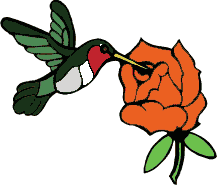 DON'T MISS DON'T MISS"HUMMINGBIRD MORNINGS" |
 HOME: www.hiltonpond.org |
|
||
|
|
|||
|
|
|||
|
|
|||
|
|
|||
|
|
|||
|
THIS WEEK at HILTON POND |
 DON'T MISS DON'T MISS"HUMMINGBIRD MORNINGS" |
|
This Time By Juvenile Delinquents After last week's essay on cursing abilities of the Yellow-breasted Chat, we heard from several Web surfers who agreed that this mega-warbler might indeed be the most profane bird likely to be found at Hilton Pond Center. Smug in our accurate analysis that not many birds are likely to out-cuss a chat, we were startled one evening this week to hear a new sort of violent swearing coming from--of all locations--the fireplace in the Center's old farmhouse! This was not polished profanity such as that produced by chats or Gray Catbirds, but rather a loud, raspy series of screeches that were far more irritating than fingernails on a chalkboard. Sixteen-year-old Garry Hilton, youngest of the field researchers at the Center, was quick to cover his ears and about as fast to come to judgment about the source of the sound: "Well, I think some baby swifts have fallen down the chimney." 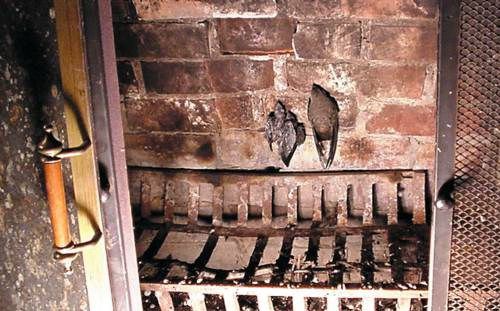 Garry's analysis was borne out when he shined a flashlight through the firescreen and spotted two young Chimney Swifts clinging to brickwork--just adjacent to where a parent also perched. Almost every year a swift nest breaks loose from the chimney lining as the chicks increase in size, causing swift siblings to come tumbling down à la Santa Claus at Hilton Pond Center. Once when two very young swifts and their nest ended up in the fireplace, we placed them in a small cup and placed it outside on top of the chimney, hopeful the parent birds would find and continue to feed them. That effort failed when a violent thunderstorm barreled through a few days later and blew our makeshift accommodations to the ground. This time, however, we were confident we could save the chicks, since they were fully able to hang inside the chimney without a nest to support them.
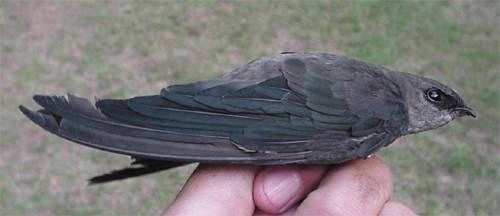
Chimney Swifts (Chaetura pelagica) are Neotropical migrants that breed east of the Rocky Mountains and across the U.S. and southern Canada; in autumn they fly to the upper Amazon River basin. Swifts are sometimes confused with a completely unrelated family of birds, the swallows, which have similarly long wings. Swallows and swifts all have wide gapes that help them capture flying insects such as ants, termites, and flies, but swifts lack the mouth bristles common to swallows.
Click here for a QuickTime sound movie of young Chimney Swifts cussing at Hilton Pond Center. (NOTE: QuickTime movies are large files that may take a few minutes to load. They will not play unless the QuickTime plug-in is installed in your Web browser.) If you enjoy "This Week at Hilton Pond," please help Support Hilton Pond Center for Piedmont Natural History |
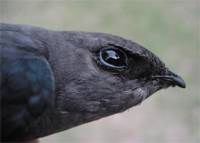 Sexes are similar in appearance The following species were banded this week (8-14 August): Ruby-throated Hummingbird--11* * = Includes at least one Recent Fledgling |
WEEKLY BANDING TOTAL YEARLY BANDING TOTAL (2001) 64 species 904 individuals BANDING GRAND TOTAL (since 28 June 1982) 122 species 39,187 individuals NOTABLE RECAPTURES WITH ORIGINAL BANDING DATES: Ruby-throated Hummingbird (3) 04/28/00 07/07/00 08/18/00 Northern Cardinal (1) 05/30/98 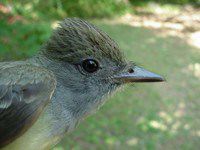 Sexes are similar in appearance |
|
Up to Top of Page Current Weather Conditions at Hilton Pond Center |
 post questions for The Piedmont Naturalist |
 Nature Study Network |
Hilton Pond Center |
|
|